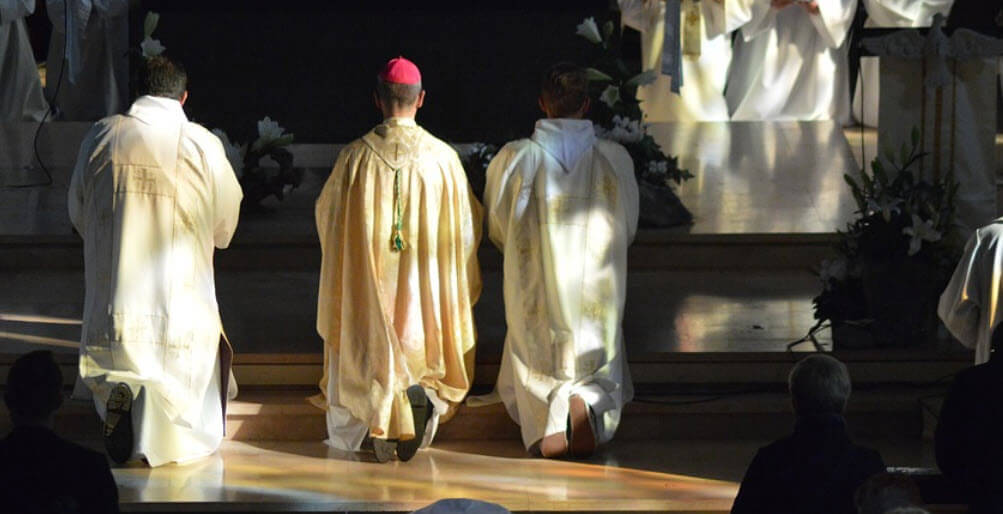What does litany mean? Information about litany, meaning, description and history. What is the purpose of litany?

Source: pixabay.com
LITANY, a form of prayer, recited or sung, consisting of petitions followed by regular responses. The name comes from the Greek litaneia (“supplication,” “prayers“). Litanies were first used, apparently, at Antioch and Constantinople in the 4th century, but are, in fact, probably older: Psalm 136 and other parts of the Old Testament may have been used as litanies by the early church. Litanies are common in the Eastern Church liturgies, and the Kyrie eleison (“Lord, have mercy”) of the Roman Mass, long said in Greek, is a remnant of a litany, similar to the Eastern type, in the Roman use of ancient times.
The Book of Common Prayer of the churches of the Anglican Communion (including the Episcopal Church) contains an admirable litany, based on Latin and Greek originals and composed by Thomas Crannier in 1544. It may be said after Morning or Evening Prayer or separately, as on Ash Wednesday. In the Jewish synagogue liturgy the Shemoneh Esreh (Eighteen Benedictions) is eminently suitable for use as a litany, though it is usually said in unison.
In the Roman Catholic Church, of the litanies approved for public worship, the most important and the earliest, which provided the model for the others, is the ancient Litany of the Saints. It consists of a series of petitions to saints, invoked by name, asking their intercession, followed by supplications and thanksgivings to God for favors. It is used at the consecration of churches and cemeteries, at ordinations, during the baptismal liturgy of the Easter Vigil, and at other church services. A somewhat different form is used as the Litany of the Dying.
The Litany of Loreto is a Litany to the Blessed Virgin. Its name is derived from the town of Loreto, Italy, where it was used at the Marian pilgrimage shrine. It was first printed in 1557 or 1558 and approved in 1587. In it the Virgin’s intercession is invoked in a number of titles derived from Scripture and other sacred writings. The Litany of the Most Holy Name of Jesus addresses Christ by his different names and titles. It may have originated as early as the 3d or 4th century, and was approved in 1862. Others officially approved by the church are the litanies of the Sacred Heart (approved 1899), of St. Joseph (approved 1909), and of the Most Precious Blood (approved 1960).
mavi